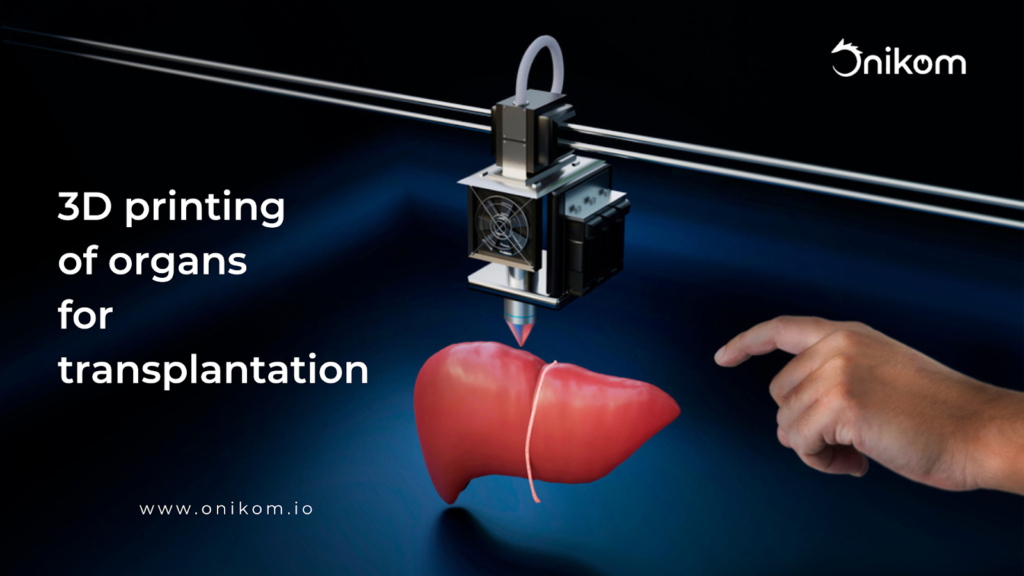What if doctors could make a kidney by imprinting the patient’s own cells, rather than relying on finding a compatible donor and waiting for the transplanted organ not to be rejected by the body?

According to Jennifer Lewis, a professor at Harvard University’s Wyss Institute, this innovative concept could become a reality in a decade or so. Bioprinting is a technique that uses 3D printers and technologies to fabricate three-dimensional structures composed of biological materials, allowing the gradual combination of cells and biomaterials with the aim of reproducing tissues and organs that can be transplanted into humans.
Advantages
One of the advantages of this technique is the use of the patient’s own cells, which allows the printing of tissues or organs customised to individual needs. The development of organ bioprinting arose in response to a real human need, given the disparity between the demand and supply of organs.
What is your process?
The process usually begins with the removal of cells from the patient’s own body through a needle biopsy or minimally invasive surgical procedure. These cells are then separated and cultured in a specific medium in an incubator. Once the patient’s cells have been cultured, they are mixed with a hydrogel or biodegradable material.
